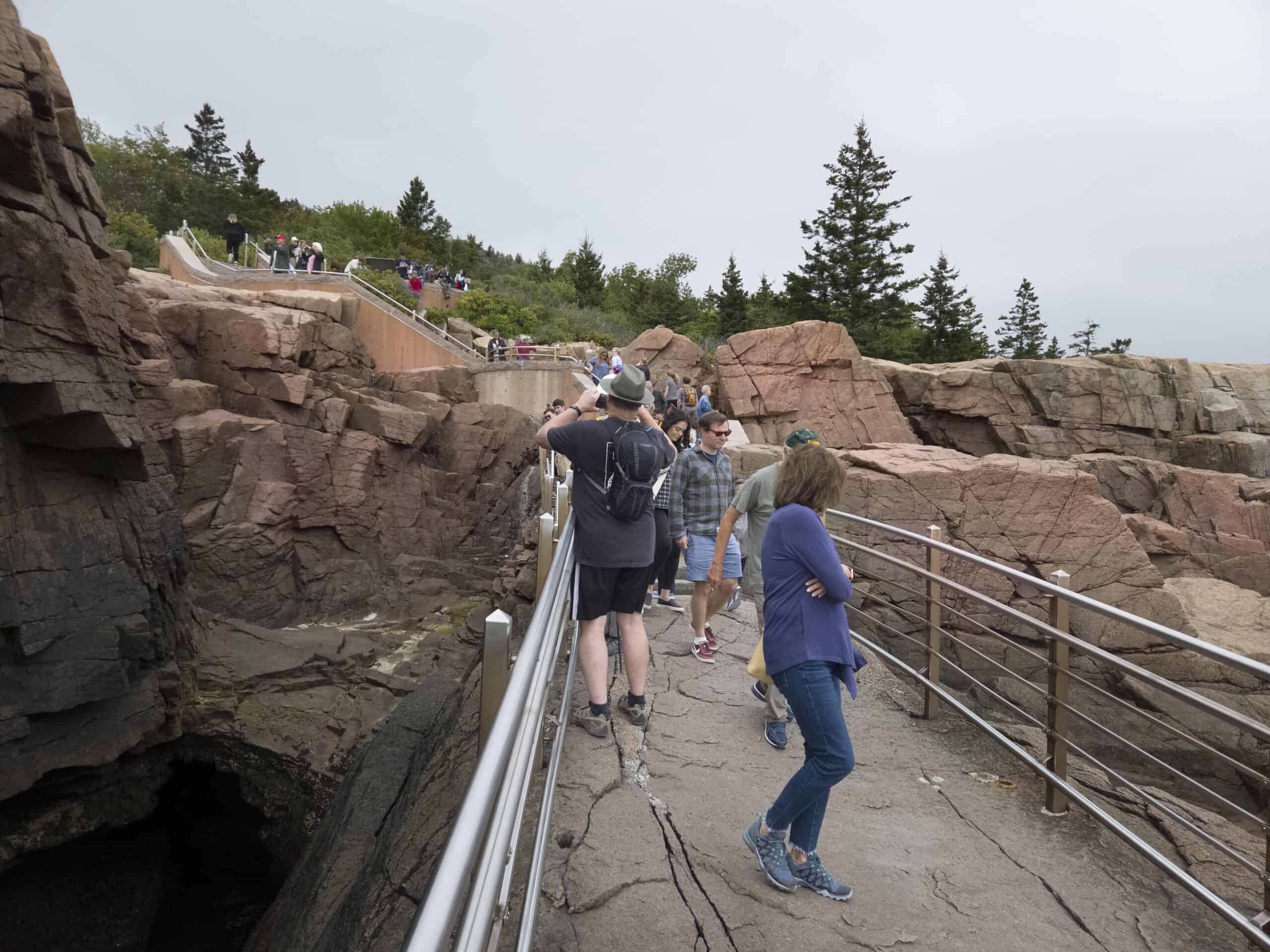Share this article
How Researchers Use Nose Patterns to Identify Koalas
When it comes to identifying individual koalas, the nose knows.
According to Peggy Shaw-McBee, assistant professor at Kansas State University and long-standing TWS member, a technique called nose pigmentation patterns is a good alternative to catching and tagging koalas (Phascolarctos cinereus) for research. In fact, she said, it has been a reliable method of identifying individual koalas for 16 years.
Koalas’ nostril patterns are what identify them best, according to McBee. Defined by black and white patterns of pigmentation, koalas’ nose patterns are much like fingerprints in humans. And when using both nose pigmentation patterns along with other features like scars or injuries, there is even a better chance for individual identification of koalas.
The koala population is documented as vulnerable in the states of Queensland, New South Wales and the Australian Capital Territory, according to the National Conservation and Management Strategy Plan, a strategy put forth by government and conservation groups to provide a national framework for plans and actions to manage and conserve koalas. Its population has declined 43 percent since 1990 due to a variety of factors including logging, fragmentation, restrictive diets, disease, fire, drought and predation by dogs.
The current method for monitoring koalas requires a lot of time, energy, and equipment, said McBee. Researchers must use mechanized lifts and climbing equipment to access the canopy of trees where koalas are typically found. This method is not only stressful, but it’s also dangerous for both the animal and the researcher. Further, koalas might avoid the researchers as a result, making observing the animal difficult.
But using nose pigmentation patterns is less invasive, and more people can be involved in the method to help koala conservation, according to McBee. Based on this method, researchers can recognize and identify individual koalas by observing unique pigmentation spots and determining symmetry when compared to previously taken koala photographs. People can use binoculars, spotting scopes or cameras to identify individual koalas by taking photographs or sketching their observations. This method eliminates the need for governmental licensing, and allows more undergraduate and graduate students, as well as volunteers, to identify koalas.
Further, McBee said the technique can open up a new method of data collection for citizen scientists. Any member of the public can provide data from photographs that they take, and combined with GPS location data, scientists will be able to determine what individual koala was in what precise location.
Nose pigmentation patterns are an overall better method of tracking koalas when compared to the usual method of trapping and collaring them. “As human wildlife interactions continue to increase in urbanized environments, opportunities for positive engagement can produce long-term conservation benefits,” McBee said.
Header Image:
Multiple photographs of Clancy, a Koala, are pictured above. An identification technique called nose pigmentation patterns, used on koalas, is the least invasive way to identify and study Koalas, according to researcher Peggy Shaw-McBee.
Image Credit: Janine Duffy









